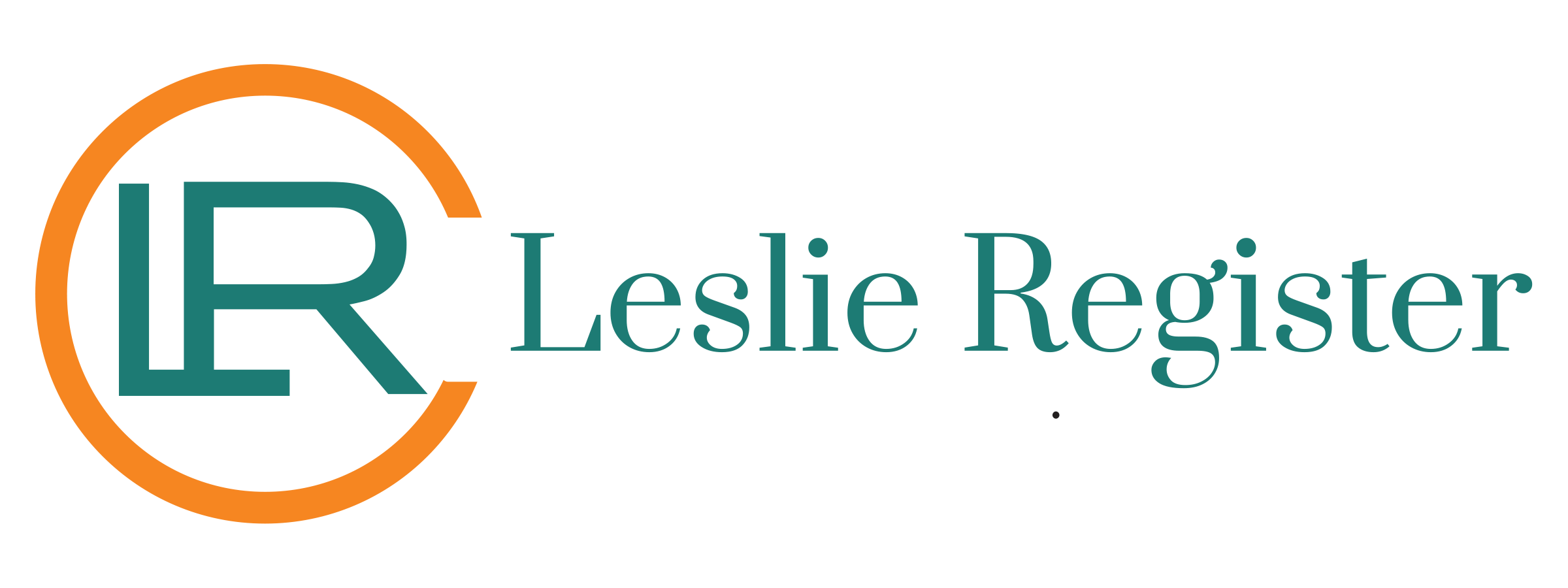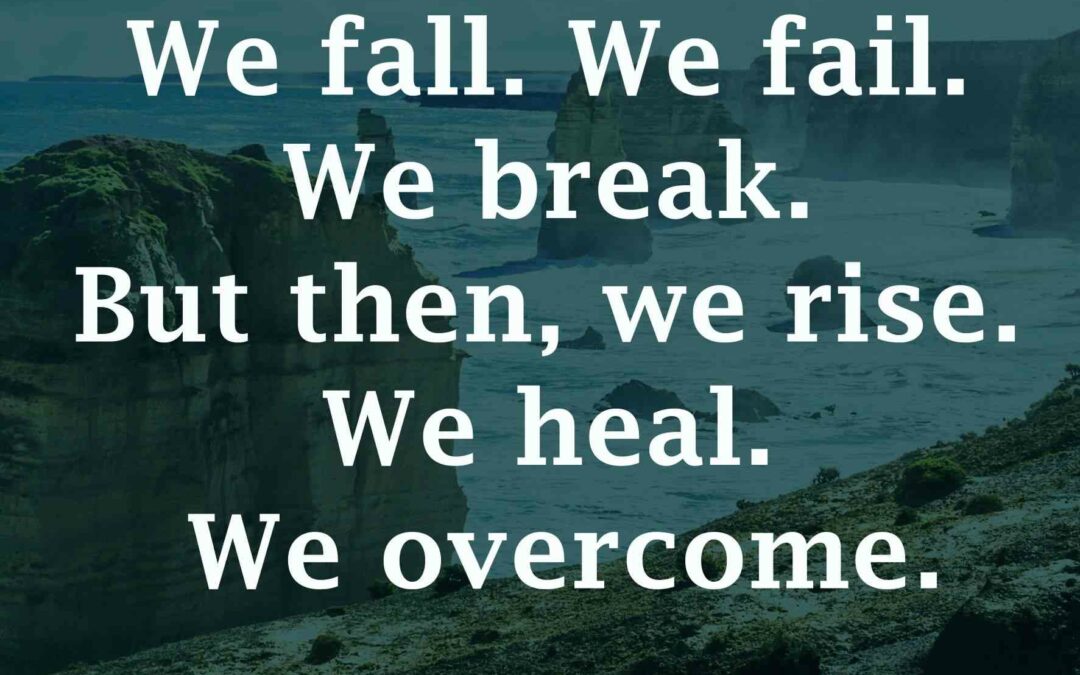by: Leslie D. Register
Have you ever said, “it’s too good to leave yet to bad to stay?” Have you ever thought if they would do X I would feel better or if that person changed X I wouldn’t feel Y? How often do we stay in a situation dealing with pain points believing that if others changed our life would be better?
This sort of thinking is what keeps us stuck. We are not stuck because of outside circumstance or other people, place, or things, we are stuck because we are choosing to stay in the familiar vs pushing forward to defeat or overcome the pain.
If you have reached a place that the suffering is paralyzing you, bringing you to a place that is just not bearable, you can change – YOU.
Imagine you are on an elevator that began at floor 20. You are riding down, and on that ride, you are experiencing significant pain. You can choose to stop the elevator at any floor and get off to get help. How far will you ride? How much pain are you willing to endure? Some people will ride that elevator all the way to the basement floor and then keep their finger on the closed-door button because even at the bottom they still don’t want to get out and face change. However, it really doesn’t have to be that difficult. I would challenge you to stop the elevator before you reach your bottom. The bottom will look differently for everyone. There is no right or wrong and no person’s journey is better than the next. We are not here to compare our choices to others because we all have a different pain tolerance. We are only concerned with you and the pain that you can endure before you are ready to make change.
Once you have chosen to stop the elevator and the door opens allowing you to get off, now what?
- Make a clear list of what is bringing you pain. Be honest! Ask yourself, why is this brining me pain? Are my values or belief negatively impacted by the current situation? Am I making harmful choices that would stop if I faced the issue and choose a new solution? Am I avoiding the situation because I am fearful of the unknown? All these questions help you uncover the truth.
- Review that list and identify new solutions. Ask yourself, what would you do if you were not afraid? That is the best place to begin to list your solutions. You may want to consult with a friend, therapist, family member, mentor, coach someone who can help you navigate solutions. We don’t know what we don’t know, so asking for help maybe required to discover solutions.
- Set an action plan. Pick 1 or 2 things you can try to begin to make progress. Establish a timeline with frequent check ins to review and celebrate your progress. Be willing to adjust as needed. Just remember to keep making progress forward.
In this process the key to success is YOU. You must make choices for you. Even if those around you are not accepting of your choices, remember this is about YOU and the pain you are experience. No other person, place or thing can fix YOUR pain.

